It’s finally July. The sun is blazing hot. The UV index is a 9 or 10 day after day. We’re all heading off on vacations. And if you haven’t incorporated sunscreen into your daily routine, by now…it’s time. We all know we need SPF, but not all of us know why we need it. A lot of us are unaware of the different types too! Today we’re breaking down why you need sunscreen and putting rest to the mineral vs. chemical sunscreen debate.
Why Do We Need Sunscreen?
Sunscreen is one of those things that we all know we need to use, but do we really know why? It’s about time we know! Let’s talk about the sun’s rays and which are dangerous. The harmful rays that sunscreen aims to protect us from are UVA and UVB rays.
- UVA rays penetrate the deep layers of your skin and cause aging and wrinkles.
- UVB rays hit the top layer of the skin and lead to sunburns.
Over time, over exposure to both UVA and UVB rays could lead to skin cancer. So, obviously it’s important to find a sunscreen that protects you from both UVA and UVB rays.
Different Types of Sunscreen
Did you know there are two different types of sunscreen? Maybe you do, but do you know how they’re different and which one you should be using? The two types of sunscreens are mineral (sometimes called physical) and chemical. While they both ultimately protect you from the sun’s rays, they way they do it and the environments in which they’re most effective are totally different.
Let’s get into the mineral vs. chemical sunscreen debate!
Chemical Sunscreen
If you’ve ever used sunscreen, chances are you’ve used a chemical sunscreen. A chemical sunscreen uses chemicals (duh) that absorb into your skin. Once those chemicals are absorbed (and you’ve waited the amount of time it says on the back of the bottle), they will absorb the sun’s rays and dissipate them, preventing damage to your skin!
Pros and Cons of Chemical Sunscreen
- Very durable and usually long-lasting (especially if you buy a “sport” version)
- Less product is needed to protect the skin because there is no risk of space between the sunscreen molecules after application
- Easier to spread onto skin because the formulas are thinner
- Usually have to wait about 20 minutes for it to soak in and begin working
- Increased chance of irritation and stinging because of the combination of multiple ingredients in order to achieve broad spectrum UVA and UVB protection (Also, the higher the SPF the greater the risk for irritation for sensitive skin types!)
- Can absorb into your bloodstream and cause negative health effects such as interfearing with your endocrine system (TBH, this is more of a general theory out there, no true research has been done just yet.)
Active Ingredients Used in Chemical Sunscreens
In order to protect from both UVA and UVB rays (A.K.A. that term “broad spectrum” on your sunscreen bottle), a chemical sunscreen has to use multiple ingredients. Each active ingredient in a chemical sunscreen will protect from either UVA or UVB rays, but one ingredient will never protect from both. When you’re shopping for sunscreen, you’ll know it is a chemical SPF when it includes active ingredients such as:
- Octocrylene (UVB)
- Octisalate (UVB)
- Octinoxate (UVB)
- Avobenzone (UVA)
- Oxybenzone (UVA)
Our Favorite Chemical Sunscreens
Mineral Sunscreen
A mineral sunscreen creates a physical, protective barrier on the outside layer of your skin. Rather than being absorbed into your skin, active ingredients in mineral sunscreens sit on top of your skin and reflect the sun’s harmful rays away from your skin! (Think of them as tiny little mirrors deflecting the rays away.)
Pros and Cons of Mineral Sunscreen
- Each ingredient is naturally broad spectrum, so you never have to question if you’re getting adequate protection against UVA and UVB.
- There’s no waiting time for it to be effective. As soon as you apply it, it’s working!
- Less likely to cause irritation on the skin.
- It has a longer shelf life than chemical SPF.
- It can rub off, rinse off or sweat off easily so more frequent application is needed.
- Can leave a white-ish cast on the skin.
- Can be less protective if not applied and re-applied generously and accurately since UV light can get between the sunscreen molecules
Active Ingredients in Mineral Sunscreens
The great thing about mineral SPF is that you never have to worry about which UV rays it is protecting you from. All active ingredients in mineral SPFs naturally protect from both UVA and UVB rays. They’re naturally broad spectrum! When you’re shopping for SPF, you’ll know it is a mineral or physical sunscreen when it has:
- Titanium dioxide
- Zinc oxide
Our Favorite Mineral Sunscreens
How high of an SPF should I be using?
Word on the street is anything over SPF 50 is actually no more effective than SPF 50. Crazy right?! In fact, the FDA is proposing a ban on anything over SPF 50 because of it. So, ideally when you reach for SPF, it should be in the SPF 30-50 range.
The Gist of the Mineral vs. Chemical Sunscreen Debate
When it’s all said and done, you’ll probably need a combination of both mineral and chemical SPFs in your lives. As a general rule of thumb, if you’re going to be swimming or sweating, reach for a chemical sunscreen. If you’re going about your day-to-day life, reach for a mineral sunscreen.
And as a more general rule of thumb, you should be WEARING SPF EVERY DAMN DAY, friends.
Hope this post helps you decipher your mineral vs. chemical sunscreen needs a little more! And if you want one brand to start with for all your mineral and chemical SPF needs, we would recommend Coola all the way! Let us know what your favorite sunscreen products are below!




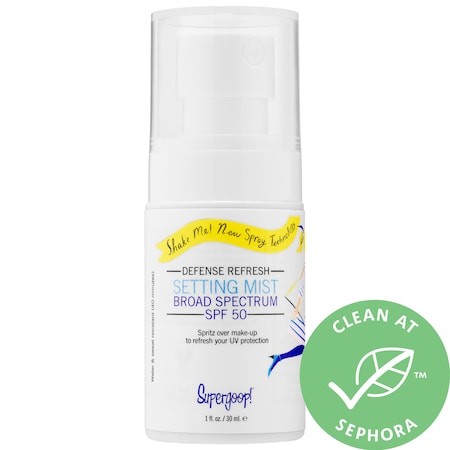

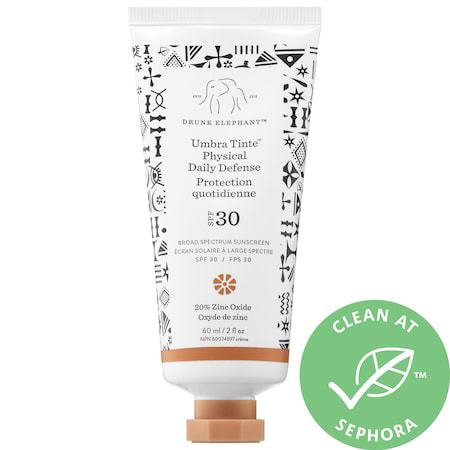

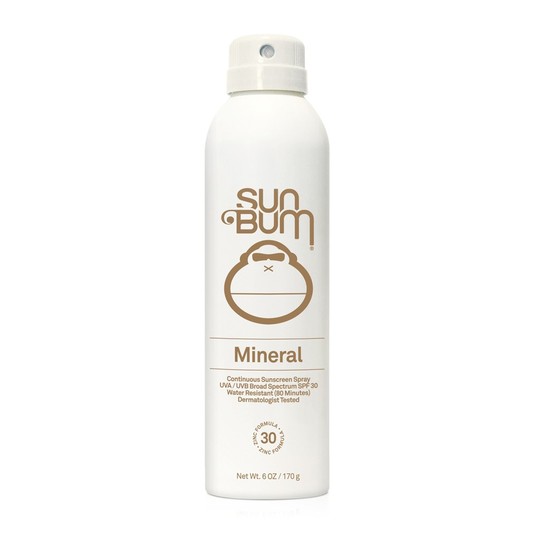



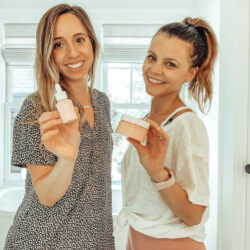
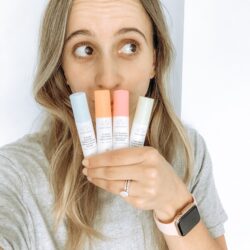
One comment
[…] really only be using it in your night-time routine. And make sure you’re using plenty of sunscreen during the […]